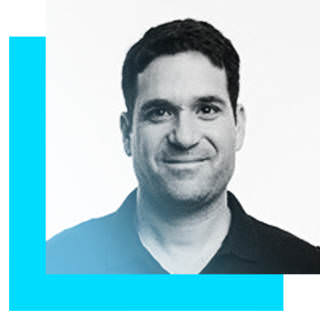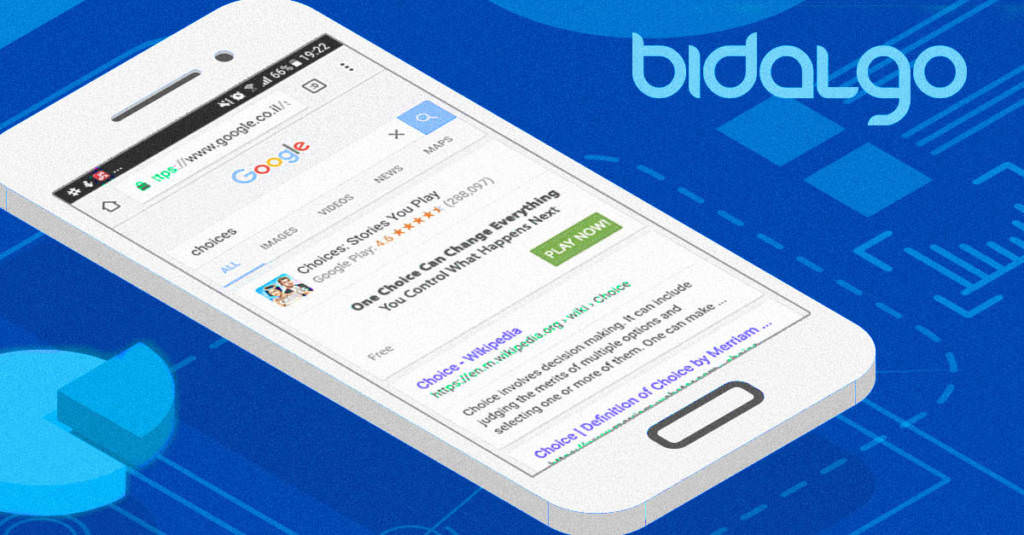
Google shut down the remaining non-Universal App Campaign (UAC) made campaigns Wednesday, bringing all app creators under one unified system for its network of services.
UACs streamline the promotion of mobile apps across Google’s platforms, including Search, Google Play, YouTube and the Google Display Network with one toolset instead of having to create separate campaigns for each. UACs can also be optimized to target specific goals such as growth. All developers need to do is add text, creative and their bid while Google’s machine learning service handles all the rest.
Signs within the industry indicate that UACs have made life much easier for app developers, but those devs could still use some guidance for helping their UACs stand out. To address this, the search giant also announced its UAC Premier Partners for mobile advertising on Wednesday to help brands optimize campaigns and navigate the UAC-only landscape.
“One of the best features of UAC is that marketers can optimize their ads for any business outcome they want,” Peli Beeri, CEO of martech company Bidalgo, a UAC Premier Partner, told AListDaily. “We advise making sure business objectives are clearly defined and that they run universal app campaigns designed to meet those objectives.”
The Premier Partner badge is the highest honor a partner can earn, and Beeri said the designation means that a company meets Google’s requirements for performance and expertise. The company offers automated solutions such as a software as a service (SaaS) platform to grow and market apps in-house with artificially intelligent media buying services across channels that include Google, Facebook, Apple Search, Instagram and others.
“Partners certified in mobile advertising can help advertisers connect with potential customers on mobile devices through text, image, video and HTML5 ads,” said Beeri. “Our platform analyzes elements of ad creative such as the images, colors, copy and more, and then it breaks down the winning elements so that marketers can design the most effective creative possible. It’s connected to different measurement partners and other ad networks, allowing advertisers to view and optimize their full funnel performance.”
Beeri said that using automated solutions enhances Google’s built-in UAC tools, which use machine learning to help marketers efficiently target users based on specific business goals. His tips for living in a UAC-only world include optimizing creative, finding the ideal bid-to-budget ratio and providing Google with better signals for smarter audience targeting. Goals can be broad like driving a high volume of installs, or they can be specific to converting installs into in-app spenders—or UACs can be used to help generate longer retention.
Bidalgo recently wrote that “around half of all app downloads across its networks are being driven by UAC.” To illustrate the effectiveness of UACs, the company did a case study on its campaign with Pixelberry Studios, makers of Choices: Stories You Play, which resulted in a 250 percent increase on return on ad spend (ROAS).
Although Beeri said that app discovery occurs primarily in digital stores such as Apple’s App Store and Google Play, it’s still crucial for marketers to cover other channels because “the landscape is becoming increasingly fragmented.”
Consumers can learn about apps through any number of channels, and marketers may be missing out major opportunities by ignoring one. For example, Beeri recommends utilizing social channels outside of Google to supplement UACs to identify the right send-to-revenue ratio that drives the highest ROAS. Each platform caters to different audiences, such as millennials on Snapchat, and Beeri says that overall performance is increased with multiple platforms.
But ultimately, standing out in the crowded mobile space comes down to being unique.
“It might sound obvious, but the number one thing an app marketer can do to stand out in today’s crowded marketplace is to offer something that no one else offers,” said Beeri. “From an advertising perspective, it’s important that campaign creative conveys the features and benefits that make the app so special. That’s not always easy to do in a static image or 30-second trailer, but the goal for all ad creative should be to highlight the one or two elements that make your app different from its competitors.”

